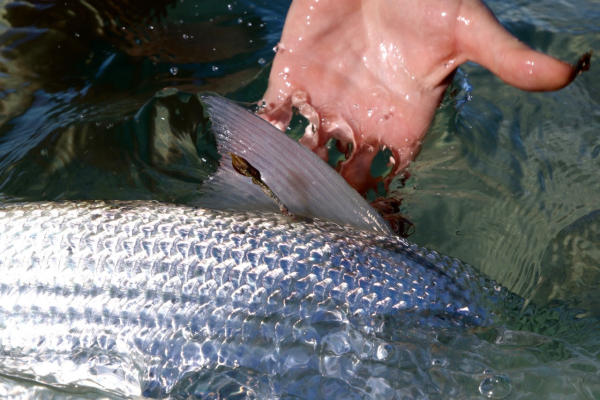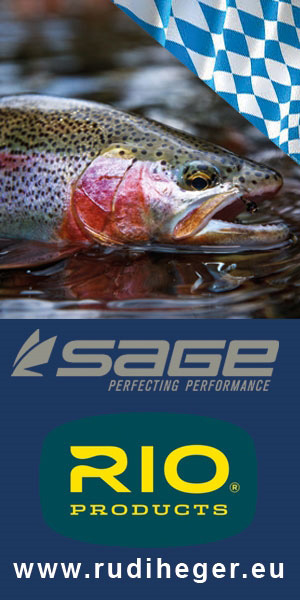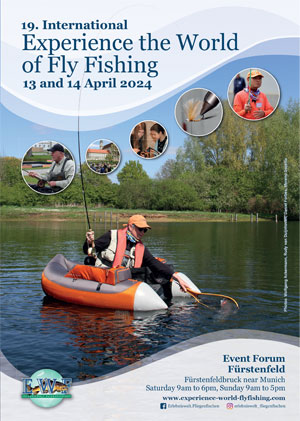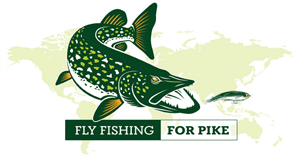Is there anything more exhilarating than scrambling to recover line that’s buzzing off your reel, then landing a well-deserved bonefish? Believe it or not, there is: landing that bonefish and finding it has been tagged. Not only are you having the time of your life; you’re contributing to BTT’s ongoing bonefish research. Take it from renowned angler Meredith McCord, who recently caught a tagged bonefish off of South Andros while fishing with the Eleven Experience.
Many are familiar with the term “tagging” due to projects like the Tarpon Acoustic Tagging Project, but BTT and collaborating scientists employ more than one type of “tag” when studying saltwater flats species. Research involving acoustic telemetry help us identify movement patterns and spawning sites, in addition to regional population and habitat connections that inform flats conservation. These acoustic tags do not, however, track health indicators like growth rate and sexual maturity—those data are found using something called tag-recapture.
This particular type of tag resembles a small post with a diameter similar to that of a toothpick’s. Each individual tag is marked with a unique serial number and is inserted just below the dorsal fin. Scientists record the tag’s serial number and measurements specific to the individual fish—weight, fork and tail length, gender and any other observations about its condition. In keeping with best handling practices, researchers release the fish in hopes of another encounter.

According to Dr. Aaron Adams, BTT’s Director of Science & Conservation, and Bahamas Initiative Manager Justin Lewis, bonefish spawn during full and new moons from October through April. The bonefish Meredith helped recapture was first tagged at a pre-spawning aggregation site in January 2015.

BTT thanks Meredith and all anglers, guides, researchers and partnering organizations for their participation in our research. Their demonstrated enthusiasm, not only in tag-recapture studies but in all BTT research projects, is vital to the pursuit of specific and science-driven conservation outcomes for our saltwater flats fisheries.
Source: www.thefishingwire.com.






